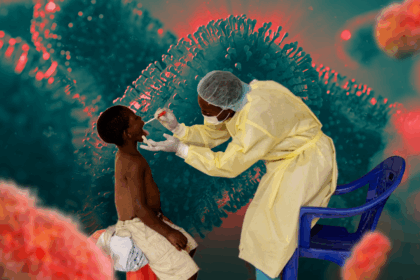The Philippines has one of the world’s richest biodiversity hotspots—with lush rainforests, vibrant coral reefs, and unique island ecosystems. It is home to thousands of species native to the country, where their existence is now a source of national pride and cultural identity. However, this ecological treasure is under the red light and slowly starting to disappear.
Rapid urbanization, deforestation, pollution, and illegal wildlife trade have brought many species to the verge of extinction. Their populations are starting to decline and their habitats shrinking day by day due to both manmade and natural activities.
Despite their importance, these creatures often suffer in silence—most of the time, they are unnoticed until it is almost a little too late. An animal in danger is an animal worth saving. Let us take a closer look at the most threatened six species of extinction and what we can do to ensure their survival.
Philippine Eagle
The Philippine Eagle stands as a symbol of strength and Filipino pride. Known locally as ‘Haring
Ibon,’ this powerful aerial predator is classified as critically endangered by the International Union for Conservation of Nature (IUCN) with only an estimated 400 pairs left in the wild.
Pag-asa was the first Philippine eagle bred and hatched in captivity, but died in January 2021 due to Trichomoniasis and Aspergillosis.
Tamaraw
Tamaraws, the Philippines’ only native wild cattle, are found only on the island of Mindoro. Despite being declared the national land animal of the Philippines in 2017, its population has declined to only fewer than 580 individuals and are ‘critically endangered,’ according to IUCN.
Dugong
This gentle and friendly mammal is also known as the ‘sea cow’ that grazes on seagrasses. Although there are an estimated 100,000 dugongs across 40 countries, some populations of a different species, like those in China, have become extinct.
In Philippine waters, dugongs remain vulnerable, facing dangers such as habitat destruction, pollution, fishing net entanglement, and boat strikes. Based on a IUCN report, Dugongs have been listed as ‘vulnerable’ on its Red List since 1982.
Philippine Cockatoo
Locally called ‘katala’ or ‘kalangay,’ the Philippine Cockatoo is famous for its striking white feathers and expressive personality. The IUCN classifies it as critically endangered, with population estimates ranging between 650 and 1,120, of which only 430 to 750 are mature birds.
Palawan Pangolin
The Palawan pangolin, or balintong, is one of the world’s most trafficked mammals. They are found only on the Palawan Islands and are prized in illegal markets for their meat and scales.
The IUCN considers the species critically endangered, and in 2019, there was capture of over 7,000 pangolins.
What can we do?
In response to this alarming crisis, the Department of Environment and Natural Resources
(DENR) launched the “Save From Extinction” campaign, a nationwide fundraising initiative, which ran until the end of 2024. Its goal is to raise funding to protect these vulnerable species before it is too late.
However, conservation is not the government’s responsibility alone. According to the International Fund for Animal Welfare, every Filipino can make a difference by advocating for wildlife conservation policies, educating others about endangered species, protecting natural habitats and ecosystems, volunteering in environmental cleanup efforts, and supporting eco-friendly tourism and responsible travel.
The future of the Philippines’ wildlife and species depends on the choices we make today.








